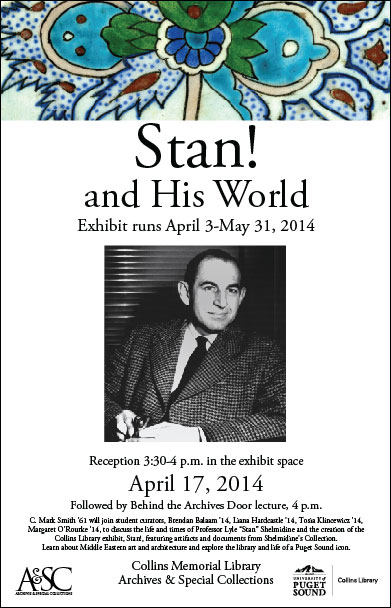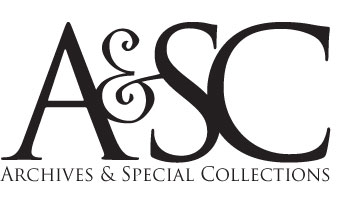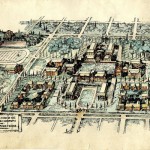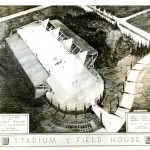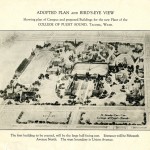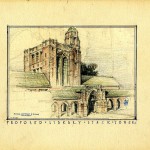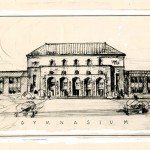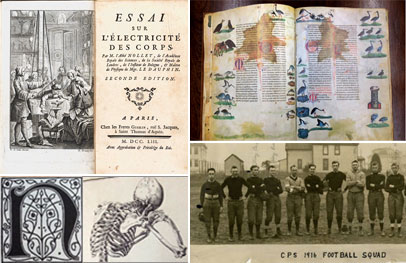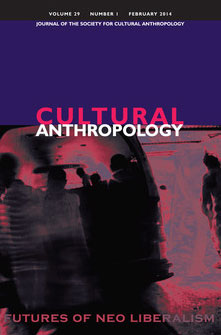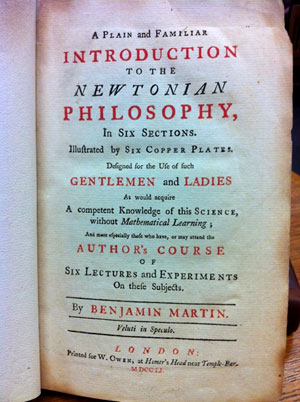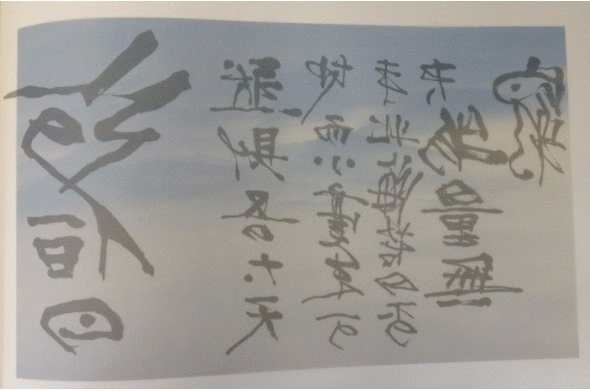 Autumn Floods is a collection of photographs and philosophical quotations published by Peter Yung Wal-chuen in 1989. The book documents the artist’s visual interpretations of Chuang Tze’s traditional Chinese fables. He expresses his motivation behind the collection as both political (connected to the Vietnam War) and spiritual (connecting human to nature). He began taking these aerial photographs in the mid-1970s, so the collection spans fifteen years of travel in southeastern Asia, the United States, and across oceans.
Autumn Floods is a collection of photographs and philosophical quotations published by Peter Yung Wal-chuen in 1989. The book documents the artist’s visual interpretations of Chuang Tze’s traditional Chinese fables. He expresses his motivation behind the collection as both political (connected to the Vietnam War) and spiritual (connecting human to nature). He began taking these aerial photographs in the mid-1970s, so the collection spans fifteen years of travel in southeastern Asia, the United States, and across oceans.
- Yung Wal-chuen wrote nostalgically of his overall experience creating Autumn Floods:
A dream come true. I should rejoice. Yet, I cannot help the twinge of regret, for my days of wanderlust must now come to an end, at least for a while. To be as inspired as I was to search the world from end to end is a rare thing in life. It happens once, twice if you’re lucky, maybe never. I was lucky. Once Nature and I existed together.
The photographs of clouds, rivers, forests, and desert sands are covered by a rice paper overlay onto which the accompanying Chuang Tze quote is written in Chinese calligraphic script. The quotes are translated in English on the page opposite each photograph. Yung Wal-chuen chose this quote to accompany a watercolor-like image of mountains obscured by soft white clouds:
- ‘Then,’ said the God of the Yellow River, ‘is it right to say: “Great are heaven and earth
and minute is the tip of a horsehair”?’
‘No!’ exclaimed the God of the North Sea.
All objects of creation, their volume and weight are limitless…
By Maya Steinborn


